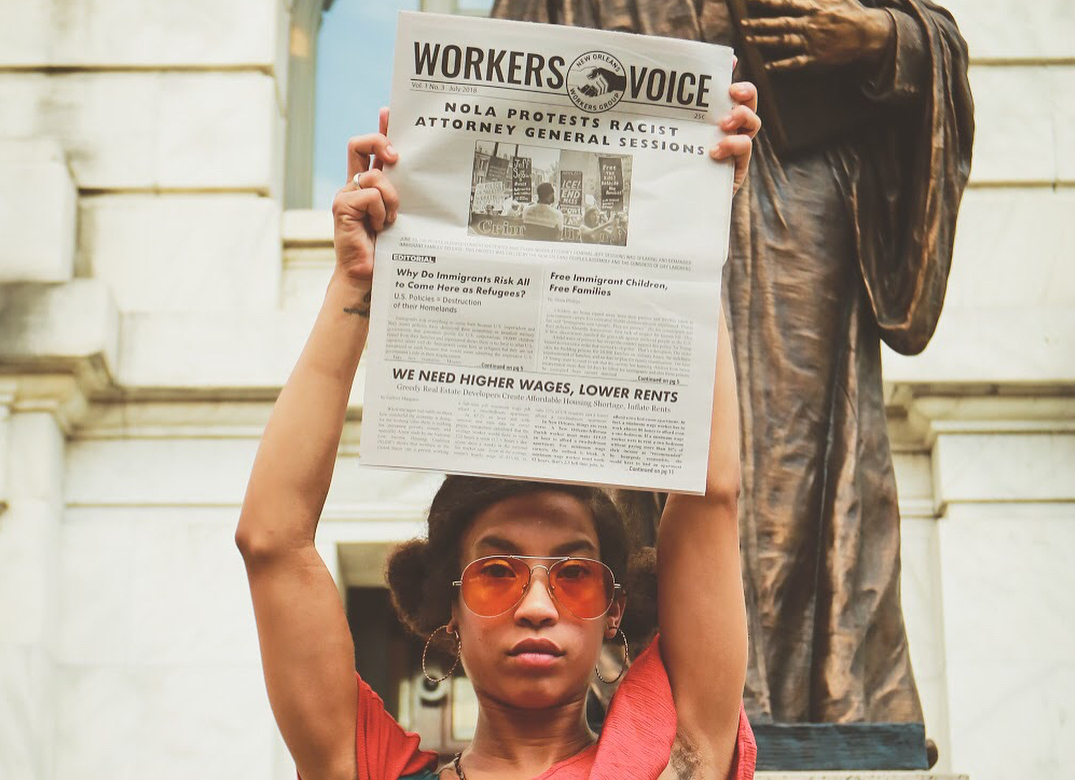In October, an underwater fractured pipe, owned by LLOG exploration company, released 672,000 gallons of oil into the Gulf of Mexico, 40 miles southeast of Venice Louisiana. This is the biggest spill in the Gulf since the Deepwater Horizon rig exploded in 2010, spilling over 200 million gallons of oil, claiming eleven workers’ lives, and causing devastating effects to our ecosystem and coastal communities.
This most recent spill falls into a distinct category; it’s the first blowout in history to release oil in such deep waters, nearly a mile below the surface. Due to the depth of the spill, we won’t see the traditional shoreline effects that we’re used to. The true impact is occurring far under the sea, where it threatens fish, deep-sea corals, gelatinous zooplankton, and diverse communities of shrimp, crabs and other organisms.
The oil and gas industry has continuously been unwilling to address its environmental and community impacts in the Gulf South, not to mention its role in global climate change. The rate of marsh shoreline erosion increases with oiling and Louisiana’s wetlands are already disappearing at the alarming rate of a football field worth of land an hour. These wetlands are a crucial buffer zone protecting coastal communities from flooding and storms.
It’s time to move away from the dangerous, destructive oil industry to renewable energy sources that provide safe jobs for our communities.
L’eau Est La Vie camp is a floating pipeline resistance camp in Southern Louisiana. We fight in the bayous of Louisiana, Chata Houma Chittimacha Atakapaw territory, to stop the Bayou Bridge Pipeline, an Energy Transfer Partners project and the tail end of the Dakota Access Pipeline.
